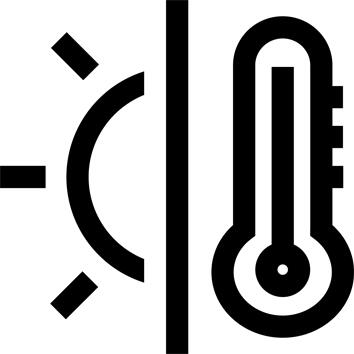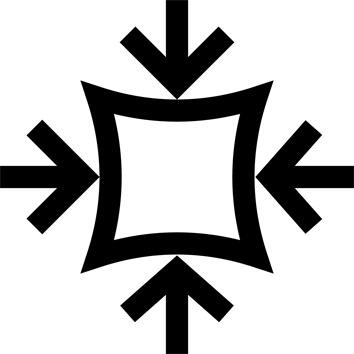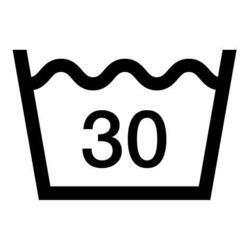Why use a down jacket?
A vest keeps the body warm. It protects the chest, neck and kidneys, which are particularly sensitive to the cold. Sleeveless, it saves weight in the rucksack, is even more breathable during exertion, and provides excellent comfort on the move when worn under a jacket. Worn under the MT100 Duvet down jacket, it increases thermal comfort by 6°C compared with a down jacket worn without the vest.
The advantages of duck down and feather filling
Down's capacity to expand gives it 3 qualities for mountain sports:
- Thermal insulation thanks to the air trapped in the down and feathers.
- Ultra-lightness: with equal warmth, feather is lighter than synthetic wadding. This saves even more weight in the backpack.
- Ultra compressibility.
How do you measure the loft of down and feather fillings?
Loft represents the thermal insulation capacity of down by "trapping" a certain volume of air. It is expressed in cuin. So, the greater the down's loft (+ the higher the cuin number), the more space it occupies, the more air it traps, and therefore the more insulating it is. For this sleeveless down jacket filled with 90% down and 10% feathers, the loft is guaranteed to be greater than or equal to 800 cuin (international standard).
How to care for a down and feather down jacket?
Down jackets are worn all winter long and will certainly need to be washed. But the less you wash it, the more it retains its thermal insulation and water repellency.
Our advice:
1/ Machine wash with a detergent for down or technical sportswear, at 30°, with 2 or 3 tennis balls. Spin gently at 800-1000 rpm.
2/ Tumble dry on cotton mode, with 2 or 3 tennis balls, repeat 2 or 3 times until dry.
Component water repellency (not to be confused with waterproofing)
A fabric's water repellency is its ability to let water slide off its surface without absorbing it. This means the fabric doesn't become waterlogged, and remains light and warm. The fabric of this down jacket is water-repellent, but we recommend you wear a waterproof jacket over it if you're exposed to the rain. Water repellency is achieved by a PFC-free treatment applied to the outer face of the fabric, but may be altered with use. We advise you to reactivate it each time you wash.
How to reactivate water repellency?
After cleaning your down jacket, we recommend using a water-repellency reactivator liquid to maintain the hydrophobic properties of the outer fabric. It regenerates the fabric's water repellency and optimizes the performance of your garment throughout its lifetime.
Got a snag? Here's how to repair your sleeveless down jacket
On a trek, a tear in your down jacket can happen! The good news is that you can repair it with a repair patch to prevent the tear from getting bigger or feathers from escaping.
Don't feel comfortable repairing it yourself? Don't panic! Some Decathlon workshops offer an in-store repair service to mend your down jacket using an iron-on patch.
Upholstery weight
XS : 67.5 gr
S : 71 gr
M : 76.5 gr
L : 82 gr
XL : 88 gr
2XL : 94.5 gr
3XL : 101 gr










